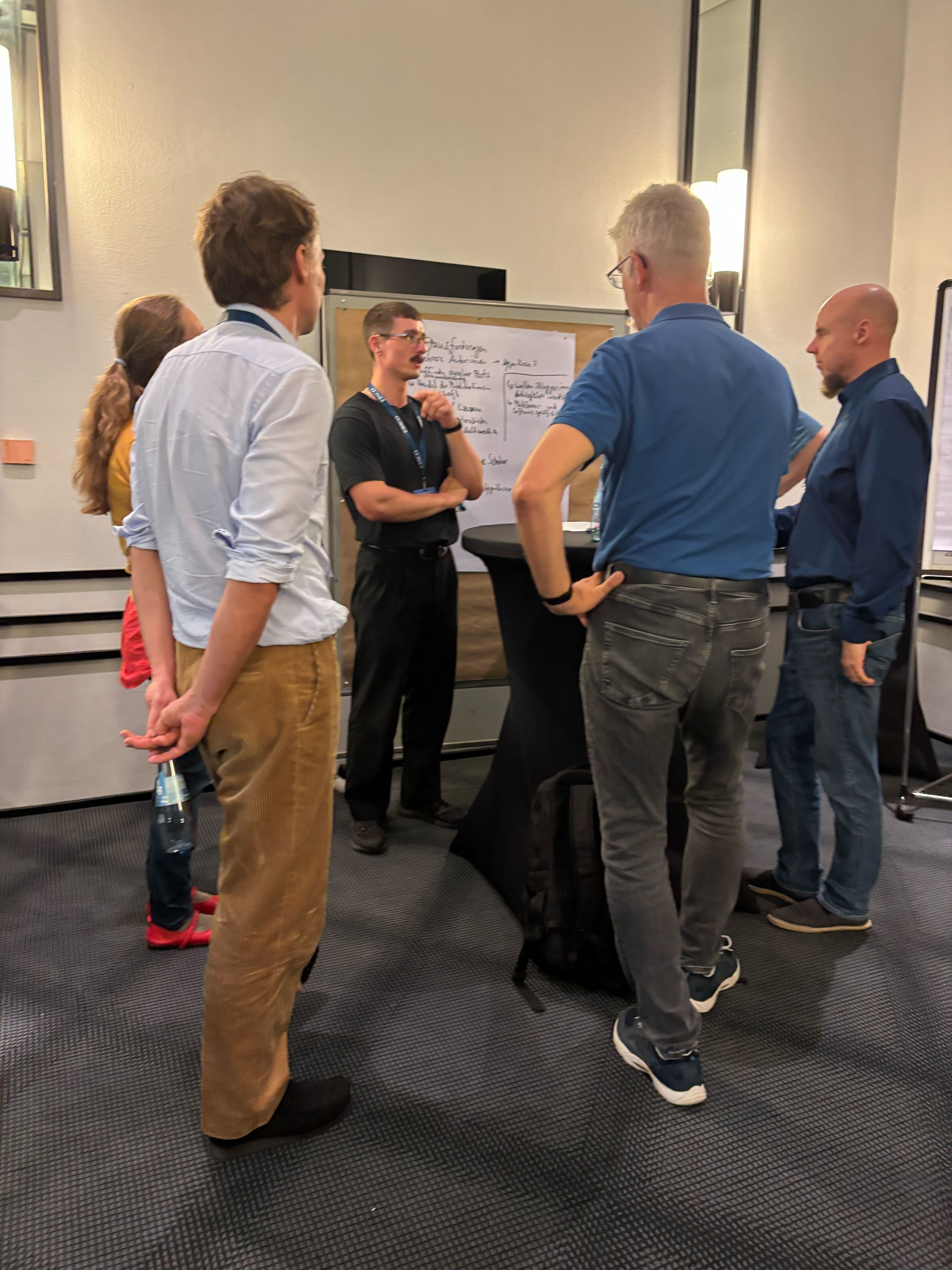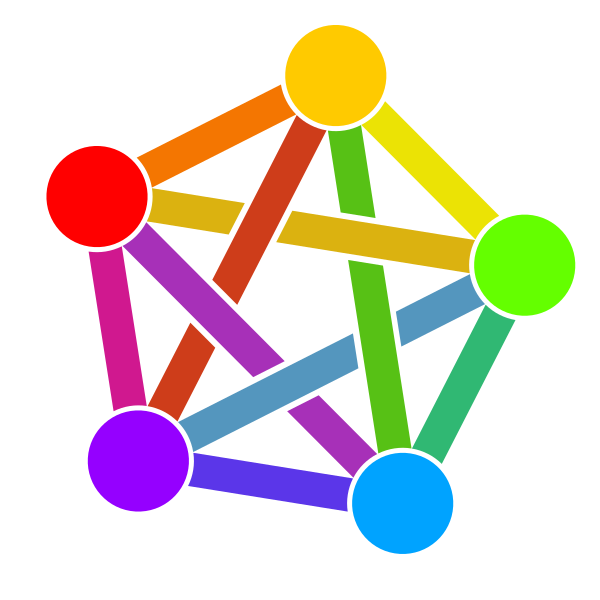Dear rOpenSci friends, it’s time for our monthly news roundup! You can read this post on our blog. Now let’s dive into the activity at and around rOpenSci! 🔗rOpenSci HQ 🔗Open Science with a Latin American Identity: Meet the New Cohort of the rOpenSci Champions Program We’re very excited to introduce the new rOpenSci Champions!
Messages de Rogue Scholar

In mid-October 2024, Proochista Ariana announced the Oxford iHealth Champions programme - a re-brand of earlier efforts to encourage and support community-building among our Oxford IHTM alumni towards continued learning, collaboration, and impactful action along the lines of open and reproducible science. Nine months on, we are happy to welcome our latest batch of iHealth Champions from Oxford IHTM Class of 2025.
Click here for the version in German As a new Community Engagement Manager at Crossref, dedicated to working with the funders community, I frequently hear requests for examples and case studies of adopting Crossref’s Grant Linking System (GLS) by ‘funders like us’. This has spurred me to start a series of
This month’s news includes: Research software community news, including Lessons Learned from FAIRCORE4EOSC and FAIR-IMPACT: Research Software Outputs Funding opportunities, including NSF’s Computational and Data-Enabled Science and Engineering Announcing the Research Software Community Leadership Forum (CLF) – nominations now open Elevating research software: A new era in international policy ReSA membership update - Schmidt Sciences Join a

Scholarly blogs have established themselves as important platforms for making research findings and discourse accessible both within scientific communities and to the general public. Considering the changing social media landscape, the role of non-commercial infrastructures such as blogs or the Fediverse is becoming increasingly important.
Migrationsdiskurse in deutschen Medien sind überwiegend problemzentriert und defizitorientiert. Die Berichterstattung über die „Willkommenskultur“ im Zuge des langen Sommers der Migration schien diesen diskursiven Fokus zu verändern. Doch schon mit dem Diskursereignis „Silvesternacht in Köln“ wurden altbekannte Bedrohungsnarrative und kulturalistische Verallgemeinerungen über „die Anderen“ evident und prägten die Folgejahre.

After the World Health Assembly’s adoption of ambitious global plan of action for climate and health, global and country stakeholders are meeting in Brasilia for the Global Conference on Climate and Health, ahead of COP30. Three critical observations emerged that illuminate why conventional global health approaches may be structurally inadequate for the challenges resulting from climate change impacts on health.
Hintergrund Open Access ist und bleibt ein zentrales Thema für die Wissenschaft und das wissenschaftliche Publizieren im Land Brandenburg. In der im Jahr 2019 vorgelegten Open-Access-Strategie des Landes ging es darum, der Gestaltung der Open-Access-Transformation eine passende Form und feste Ziele zu geben sowie konkrete Maßnahmen zu formulieren. (siehe Open-Access-Strategie des Landes Brandenburg (1.0). Zenodo.

Recently, the National Institutes of Health (NIH) announced it will cap the amount of direct funding support that researchers can spend on paying for article processing charges, or APCs. These fees are increasingly used by publishers for their revenue streams and makes researcher contributed articles available to read for free via "gold" open access.
(The Spanish version of this blog post is available here). The project, funded by Canada’s International Development Research Centre (IDRC), is led by the Latin American Forum for Scientific Evaluation (FOLEC) of the Latin American Council of Social Sciences (CLACSO), in collaboration with the Centre for Science and Technology Studies (CWTS) at Leiden University and SIRIS Academic. International funding circuits are not neutral;

How the Fediverse is growing to meet its challenges [German language version of this text is published in FIfF-Kommunikation 2/2025, […]